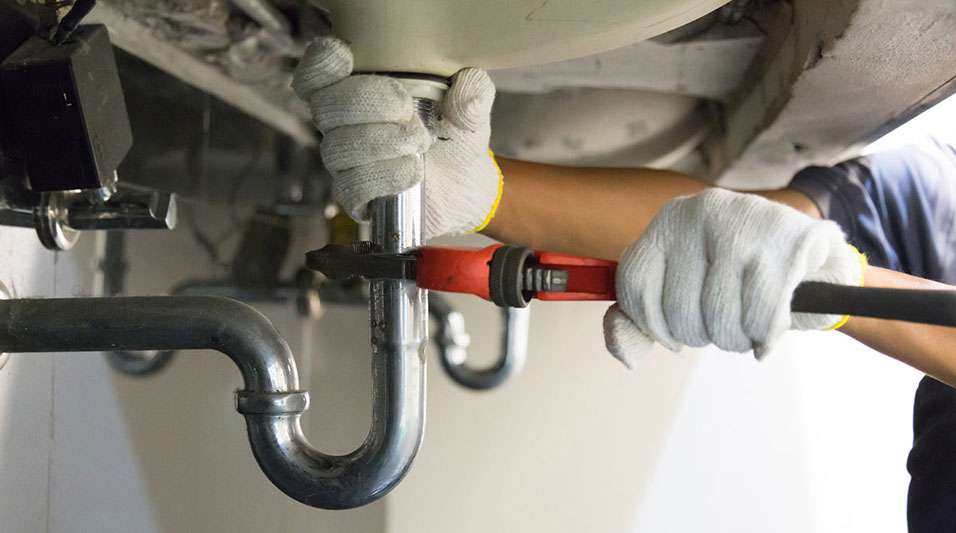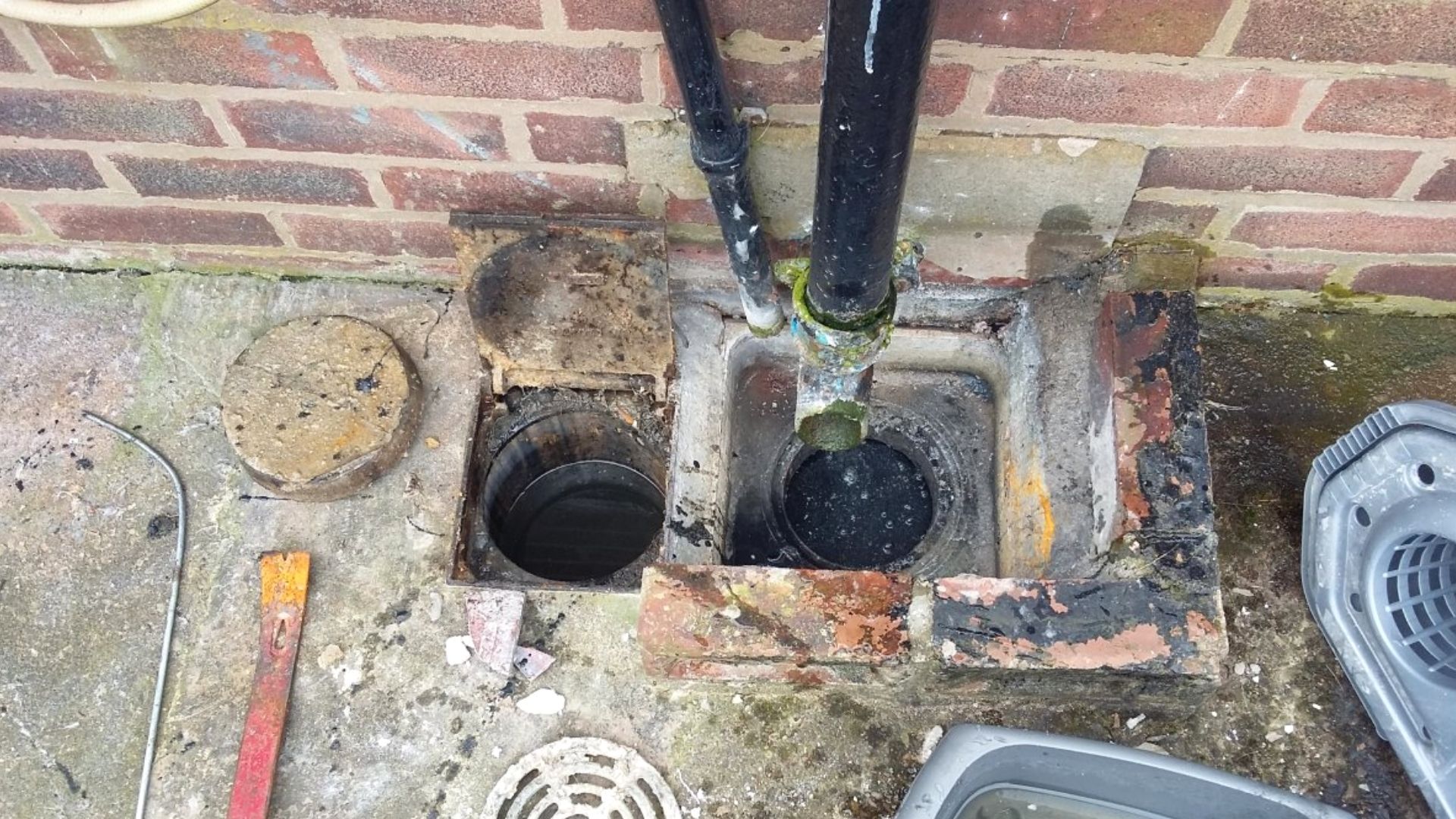Approaches for Tackling a Blocked Drain Prior to Contacting Plumbing Experts
Approaches for Tackling a Blocked Drain Prior to Contacting Plumbing Experts
Blog Article
Listed here further down you can find lots of worthwhile ideas involving Tips for Dealing with Clogged Drains and Sewer Lines.

Intro
Handling an obstructed drain can be a discouraging experience, interfering with everyday tasks and possibly creating damage to your residential property. However, prior to reaching out to plumbing experts, there are actions you can take to attend to the problem yourself. In this overview, we'll explore DIY services and preventive measures to deal with an obstructed drainpipe successfully.
Determining the Concern
The first step in resolving an obstructed drainpipe is acknowledging the signs. Slow-moving water drainage, gurgling audios, foul odors rising from drains pipes, or water backing up prevail signs of a blocked drain. Identifying these signs early can assist avoid additionally complications.
Common Reasons For Obstructed Drains
Understanding the factors that contribute to drain pipes blockages is essential for effective resolution. Typical wrongdoers consist of hair, soap residue, oil, food debris, and international things like hygienic products or paper towels. Tree origins invading underground pipes can likewise trigger substantial blockages.
Do it yourself Solutions
For small blockages, numerous do it yourself services can be effective. Putting boiling thin down the drain can aid liquify oil and particles. Sodium bicarbonate and vinegar or a mixture of salt and baking soft drink can act as all-natural cleaners. Making use of a bettor or plumbing snake to dislodge blockages is one more option.
Tools and Equipment
Having the right devices accessible can make DIY drainpipe cleaning up more efficient. A plunger is a flexible tool for removing obstructions in sinks, commodes, and showers. A plumbing serpent or auger can get to deeper clogs, while drainpipe cleansing chemicals can be utilized meticulously for persistent blockages.
Safety nets
To prevent future obstructions, adopting preventive measures is essential. Mount drainpipe guards or strainers to catch hair and debris before they go into the pipes. Consistently flush drains pipes with warm water to liquify oil build-up, and prevent disposing of oil or strong waste down the drain.
When to Call a Specialist
While DIY remedies can resolve small clogs, certain indications suggest the need for expert help. Persistent blockages, foul odors regardless of cleaning up efforts, or several drains supporting concurrently are warnings that require experienced intervention.
Picking the Right Pipes Service
When choosing a pipes solution, consider factors such as experience, licensing, and consumer testimonials. Select a respectable plumbing technician with a performance history of top quality workmanship and transparent prices practices.
Expense Considerations
The cost of professional drainpipe cleaning services can vary relying on the severity of the blockage and the plumbing professional's rates. Request quotes from several providers and inquire about any type of added fees to make sure openness and stay clear of shocks.
Security Precautions
When trying DIY drain cleansing, focus on safety. Use protective gloves and eyewear to prevent contact with damaging chemicals or germs. Never blend different drain cleansing items, as this can produce harmful fumes.
Situation Researches
Real-life instances show the performance of DIY solutions and the value of timely expert treatment in fixing drain obstructions.
Conclusion
By adhering to the ideas described in this guide, you can effectively tackle obstructed drains pipes and protect against future plumbing concerns. Whether choosing do it yourself solutions or seeking professional help, prompt activity is essential to keeping a healthy pipes system and protecting the integrity of your home.
How to Clear a Clogged Drain Yourself (And When to Call In the Professionals)
What Can Clog a Drain
Dirt Skin flakes Hair Grease Soap scum Food Offset pipes Tree roots Small objects Mineral buildup DIY Tricks to Unclog a Drain
You can fix this! Once you have identified the source of the clog (or have a vague idea), you can try one or a combination of these fixes in order to clear your plumbing.
Wire Hanger or Snake
Untangle and clear out hair from a drainpipe with a homemade snake. Use a straightened-out wire hanger with a 90-degree angle hook to locate the clog and drag out any unwanted material.
Remember not to push the clog further down to where the wire hanger cannot reach! If you need to follow up with a plunger, give it a try. Your efforts might be more successful after it’s been wire-snaked.
If you want to get fancy and don’t have a wire hanger to spare, head to the store and pick up a hand-operated drain snake. You can get one for $10-$30. It may save you the hassle, and provide additional length to reach deep into the clogged pipe.
Plunger
A cup plunger has a suction cup attached to a wooden handle. The rubber creates a seal around the drain, and increases the pressure force of the plunger.
Plunge for 30-second increments to loosen the clog. This may need to be repeated over the course of 15-20 minutes. Once plunged, run the water to flush the remaining material out of the drain.
Remember– never use a plunger if you have used a chemical drain cleaner. These chemicals can splash up from the force of the plunger and cause serious injury or burns.
Boiling Water
Hot water can sometimes break up materials into a flushable amount. Dirt, grease, and soap buildup requires heat in order to unstick from surfaces.
Take your kitchen kettle and heat your water to a boil. Once it reaches a rolling boil, pour it directly down the drain into the blockage. Carefully follow with plunging, if necessary.
Don’t worry if this takes more than one try! It can often take multiple kettles and repeated plunging in order to clear a particularly stubborn clog.
Chemical Drain Cleaner
As a last resort, pick up a bottle of chemical drain cleaner. Drain-cleaning chemicals are potent, and not very good for the environment.
You may need to wear protective eyewear in gloves before handling your bottle of chemical drain cleaner. Follow the instructions printed on the bottle, and flush with water as soon as the instructions allow. Do not follow with plunging.
Baking Soda and Vinegar
As a safer alternative to chemical drain cleaner, baking soda and vinegar can create a chemical reaction that clears tough clogs.
Combine one cup of cleaning vinegar with one cup of boiling water, and set aside. Once you have done this, pour half a cup of baking soda down the drain. Give the baking thirty seconds to settle and cover a large portion of the problem drain.
Following the baking soda, pour down your vinegar and hot water solution. Once the vinegar and baking soda combine, the mixture will bubble and fix. Let this reaction fizzle in the drain for about an hour.
After an hour, follow with a kettle’s worth of hot water. The heat and liquid should flush out any remaining material.
When to Call a Plumber
If your DIY attempts haven’t cleared your clog drain, it’s time to call in a professional. It’s not worth losing access to your kitchen sink or high-traffic bathroom. A clog in a vital area can keep you from the things you’d rather be doing, and derail your routine.
Anytime a clog is causing water to spread is a time to call in a plumbing service. What starts out as a little bit of water can quickly grow into serious, expensive water damage.
Additionally, a serious clog can result in burst pipes or serious leaks. Make sure you know when to take it seriously!
https://myguysnow.com/how-to-clear-a-clogged-drain-yourself-and-when-to-call-in-the-professionals/

Do you enjoy reading about Tips for Dealing with Clogged Drains and Sewer Lines? Create a remark below. We'd be glad to find out your insights about this article. Hoping that you come back again before long. Liked our content? Please quickly share it. Help other people locate it. I value reading our article about .
At This Website Report this page